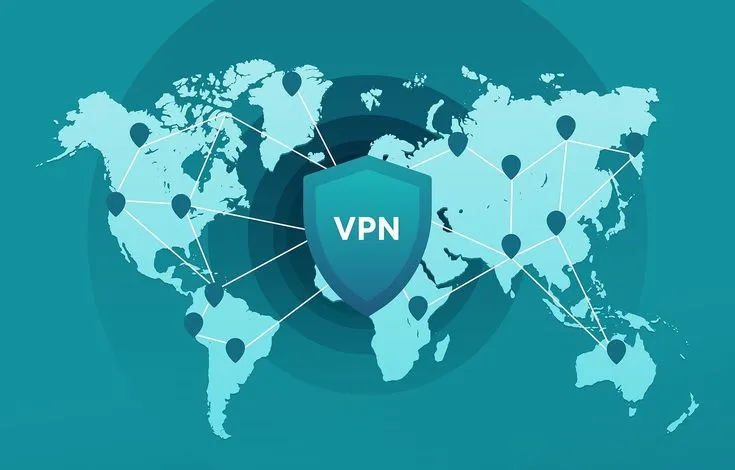
SD-WAN/VPN Solutions
SD-WAN (Software-Defined Wide Area Network) and VPN (Virtual Private Network) solutions revolutionize how businesses manage network connectivity and security. SD-WAN enhances traditional WAN capabilities by leveraging software-defined networking principles to dynamically route traffic across multiple connection types, such as MPLS, broadband, and LTE, based on real-time network performance metrics.
This improves application performance, reduces latency, and optimizes bandwidth utilization across geographically dispersed locations. VPN, on the other hand, establishes secure encrypted tunnels over public networks, enabling remote users to securely access corporate resources as if they were directly connected to the private network. VPNs ensure data confidentiality and integrity, safeguarding against eavesdropping and unauthorized access.

 DDoS Protection
DDoS Protection
 Firewall
Integration
Firewall
Integration Secure
Connections
Secure
Connections Encrypted
Communication:
Encrypted
Communication:
Together, SD-WAN and VPN solutions offer scalable, cost-effective alternatives to traditional network architectures, supporting flexible connectivity options and robust security measures essential for modern businesses operating in diverse and distributed environments. They enable organizations to achieve enhanced performance, resilience, and security across their networks while accommodating the growing demand for remote and cloud-based applications.
